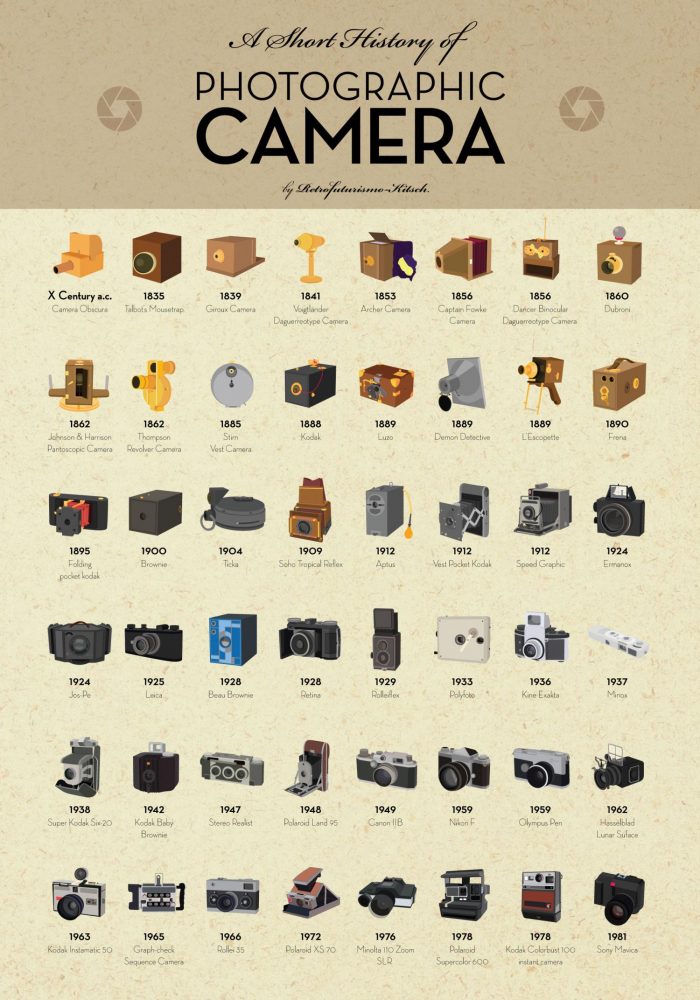
The photographic camera is one of the most important inventions in history. Without it, we would not have been able to preserve our memories or see the world from different perspectives. It was invented by a man named Joseph Nicéphore Niépce in 1826. He used a camera obscura to create the first permanent image, which he called “View from the Window at Le Gras”. The camera obscura is a dark room where light passes through a hole and projects an image of what is outside onto a surface inside the room. The photographic camera has evolved over the years, from early cameras that required the user to manually focus the lens, to more advanced models that could be used by anyone.
Have you ever wondered what it would be like to look back at some of the earliest photographs? Would they look the same as they do today? In this article, we’ll explore the history of photography and how it’s evolved over time.
Photography has been around for over 180 years.
The first photographic image was created by Joseph Nicéphore Niépce in 1826. He used an apparatus he called a heliograph, which combined a camera with a very long exposure time and bitumen (a mixture of oil, asphalt, and wax). In his device, sunlight passed through a lens onto the bitumen-coated plate. After eight hours of exposure time, he developed it using chemicals he had previously discovered himself. The result was the oldest surviving photograph on record: View from the Window at Le Gras Niépce’s early camera relied on exposure times longer than any modern camera requires; however they were still short enough that light could be captured during daylight hours if necessary.
The evolution of the photographic camera has been a fascinating journey. From its humble beginnings as an experiment to today’s sophisticated digital cameras, photography has come a long way. As we look to the future of this technology, there are many exciting developments ahead for photographers and viewers alike!
